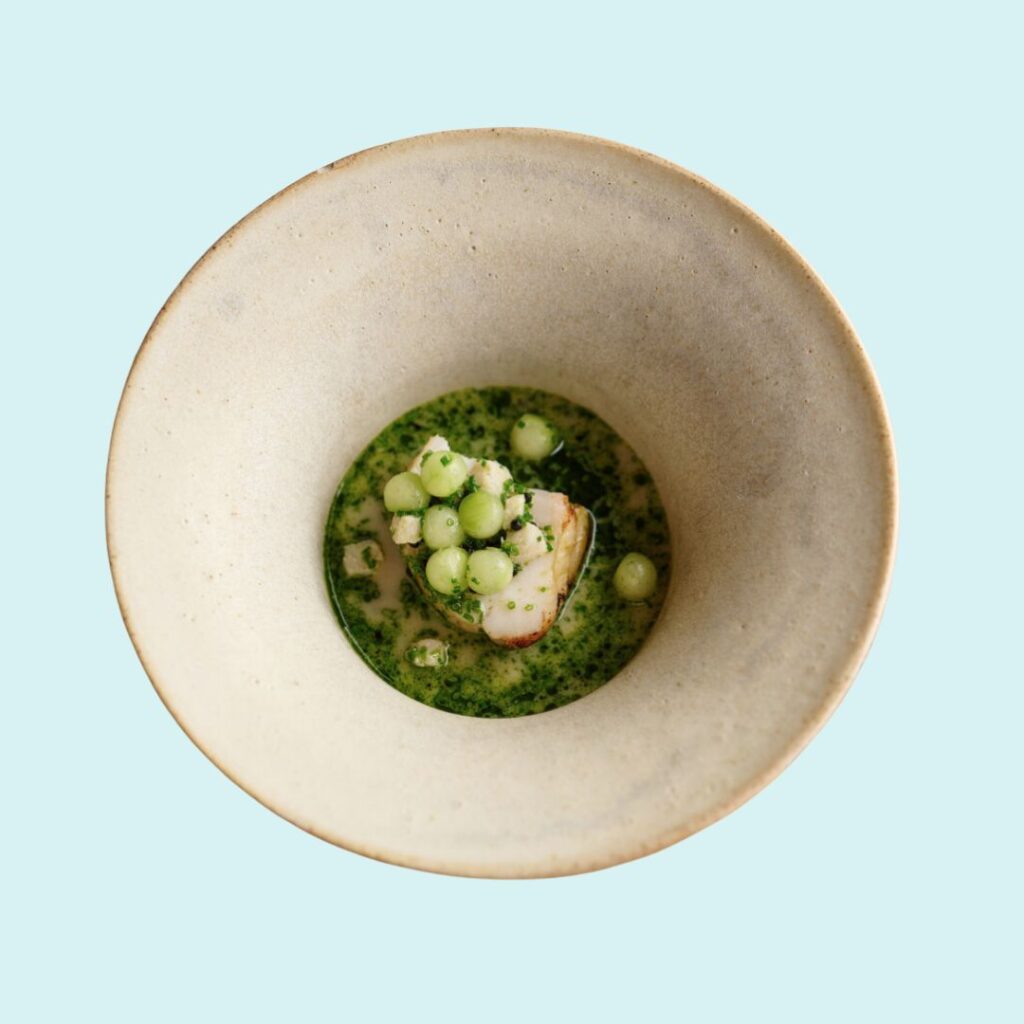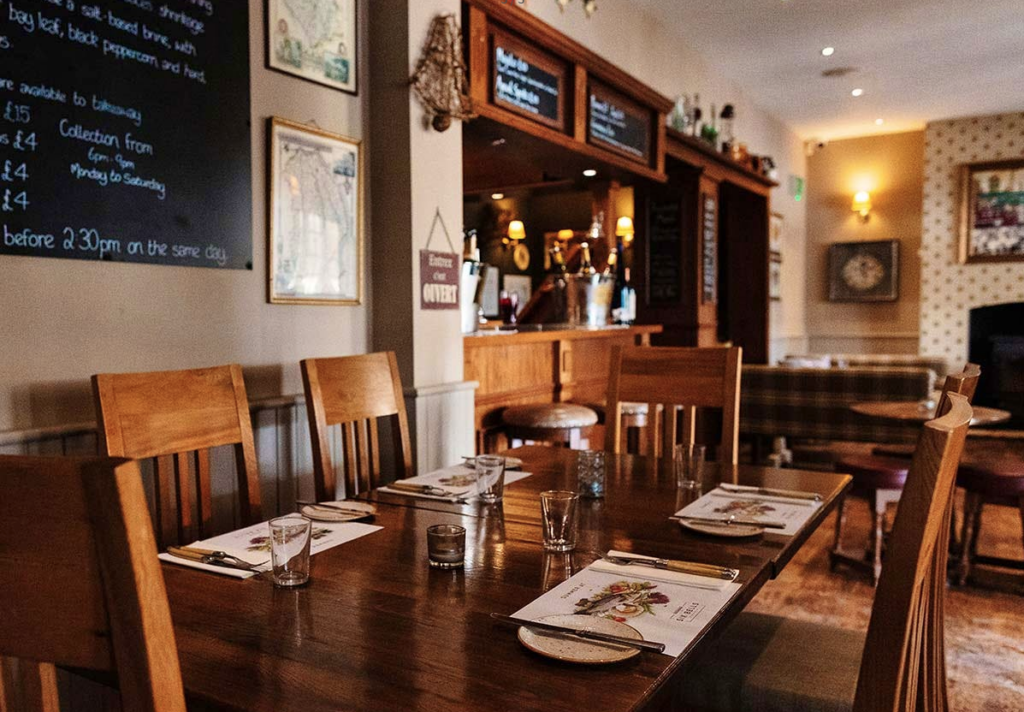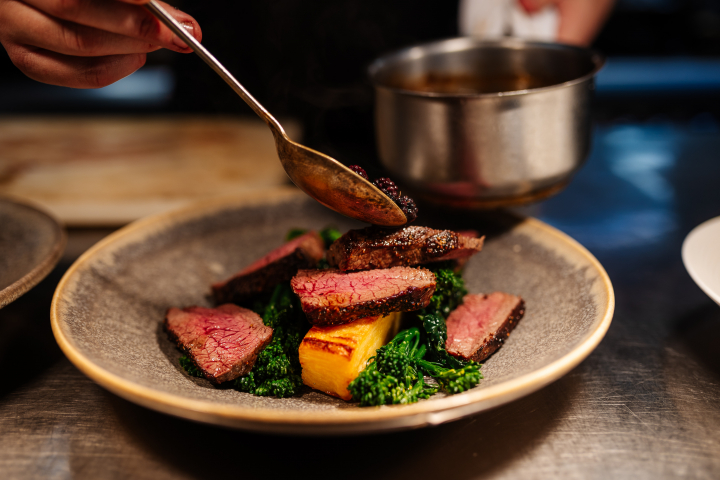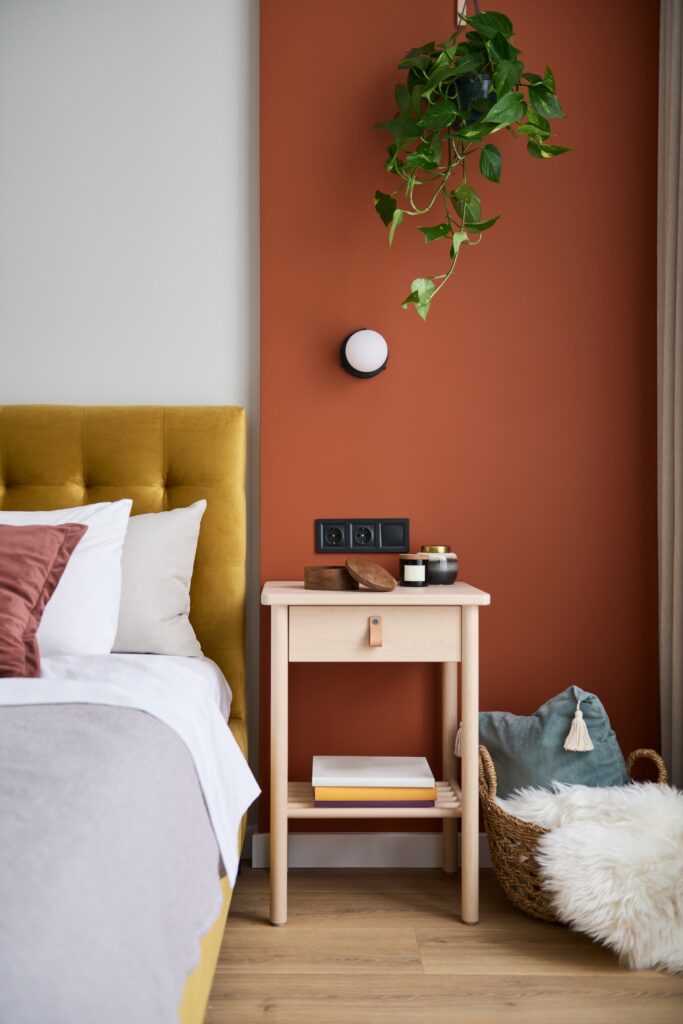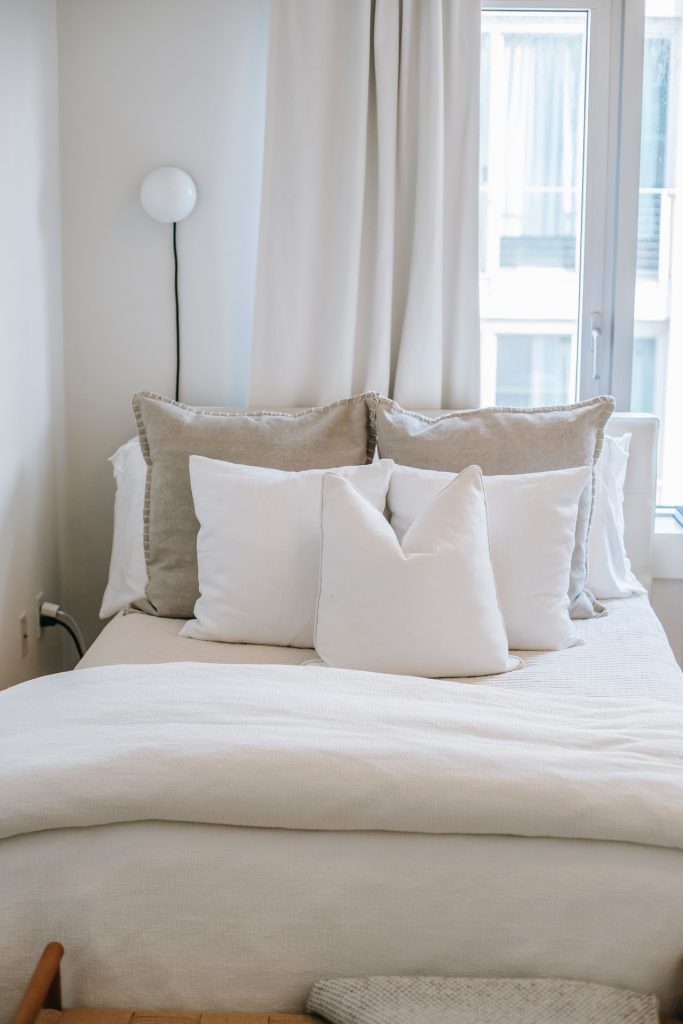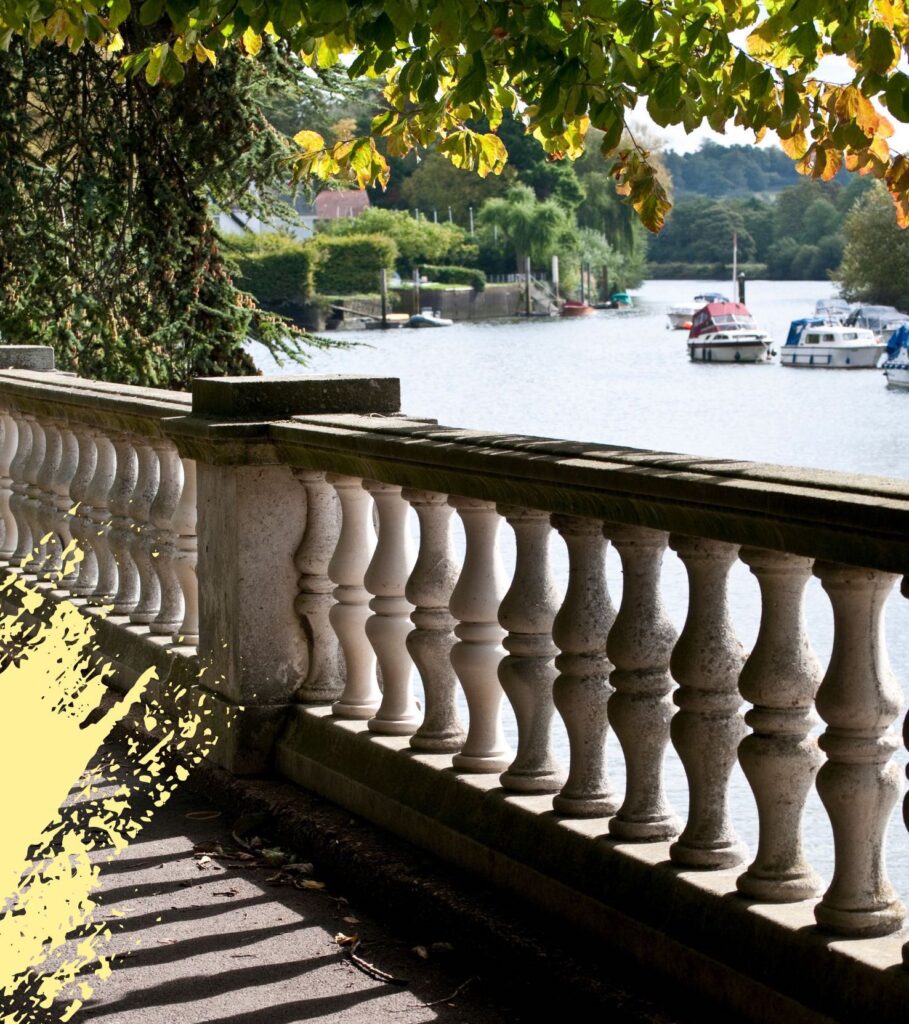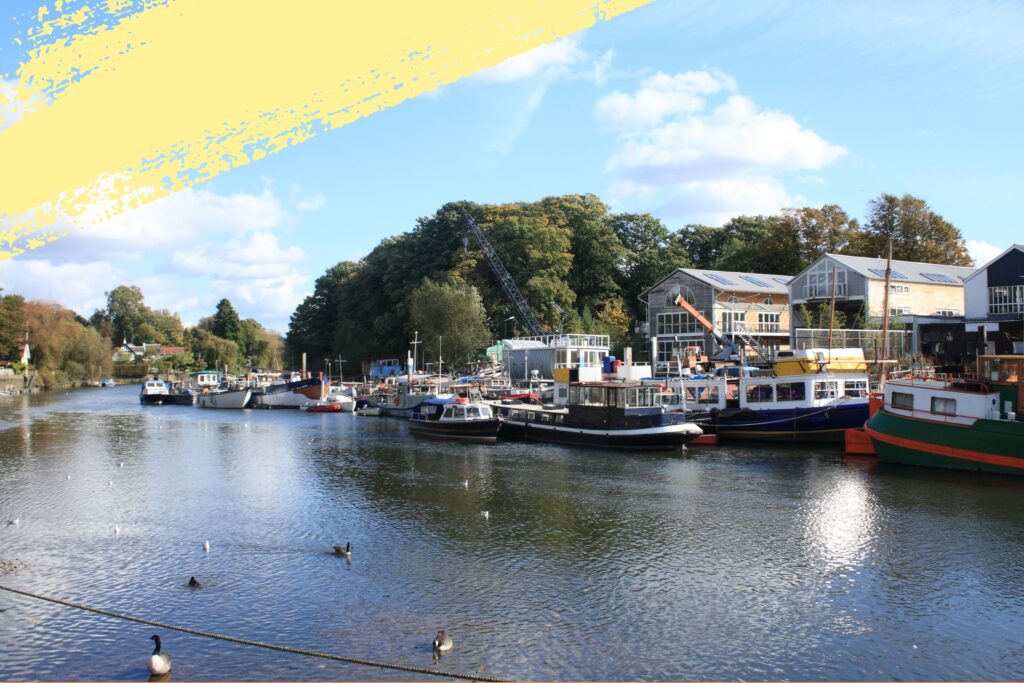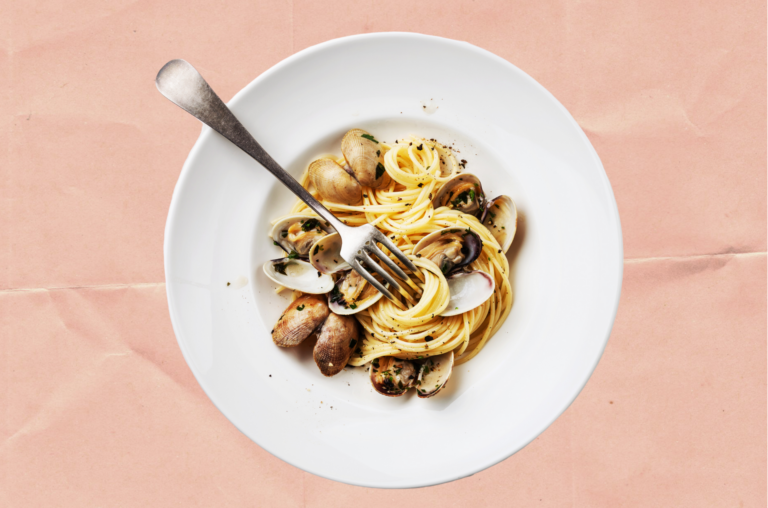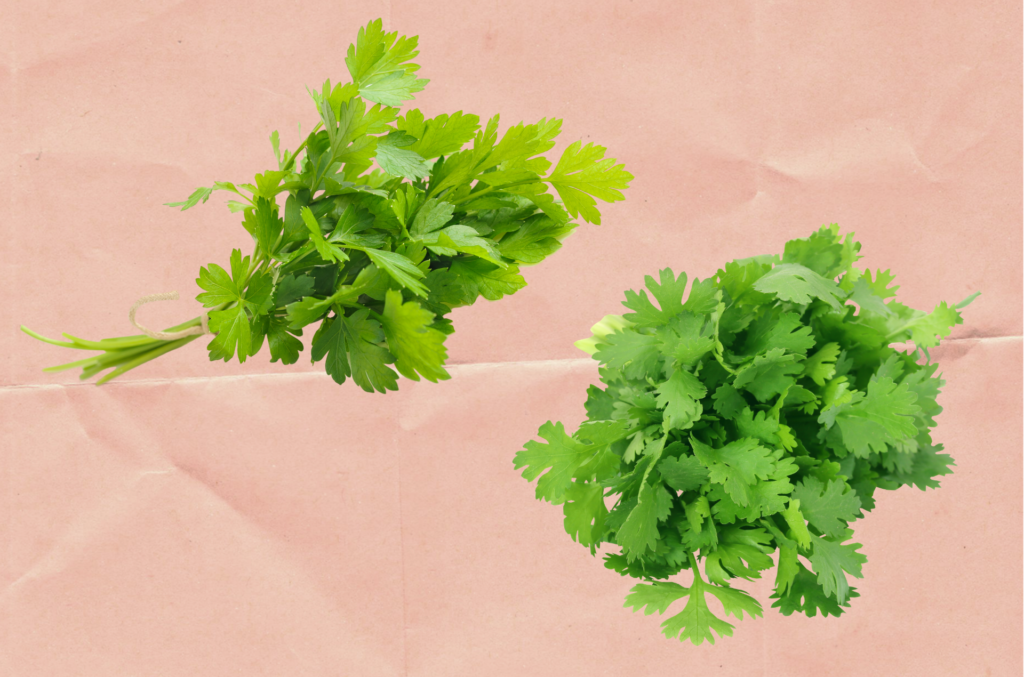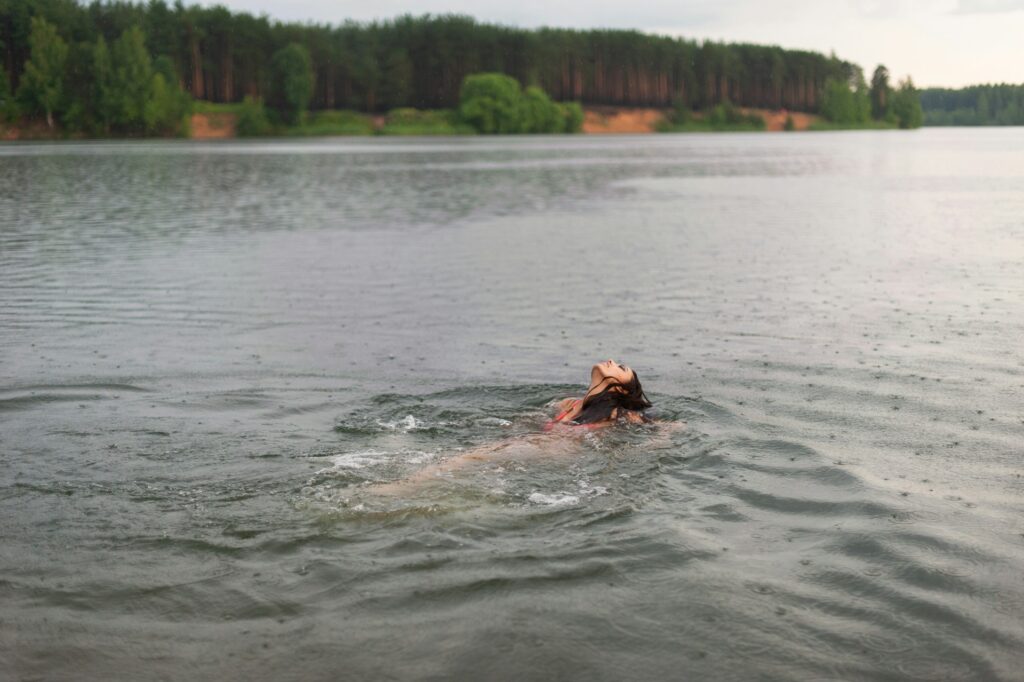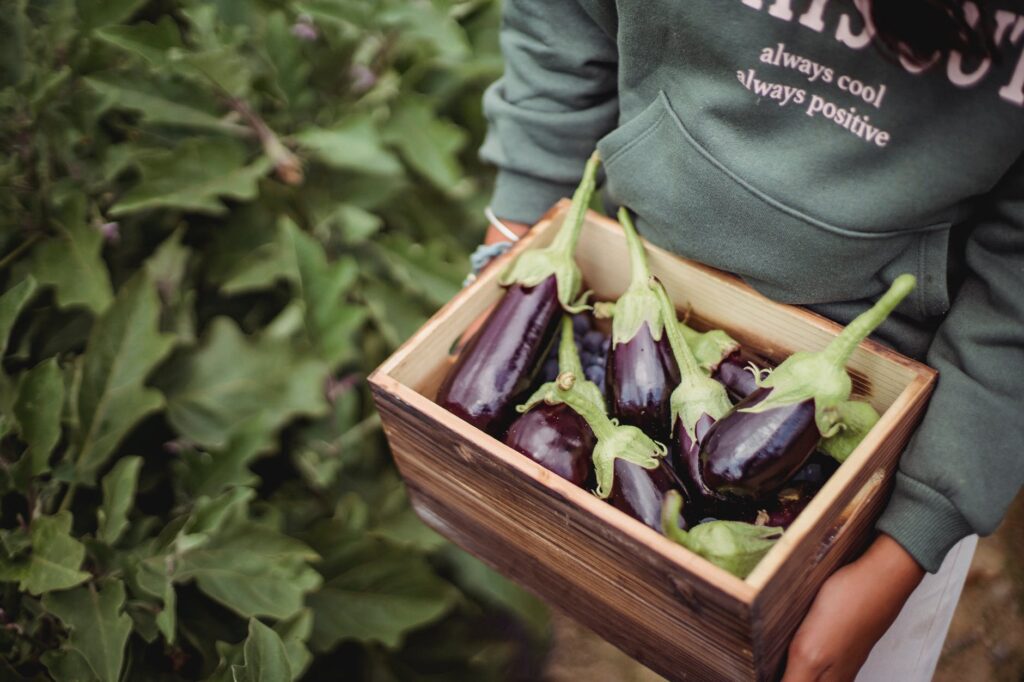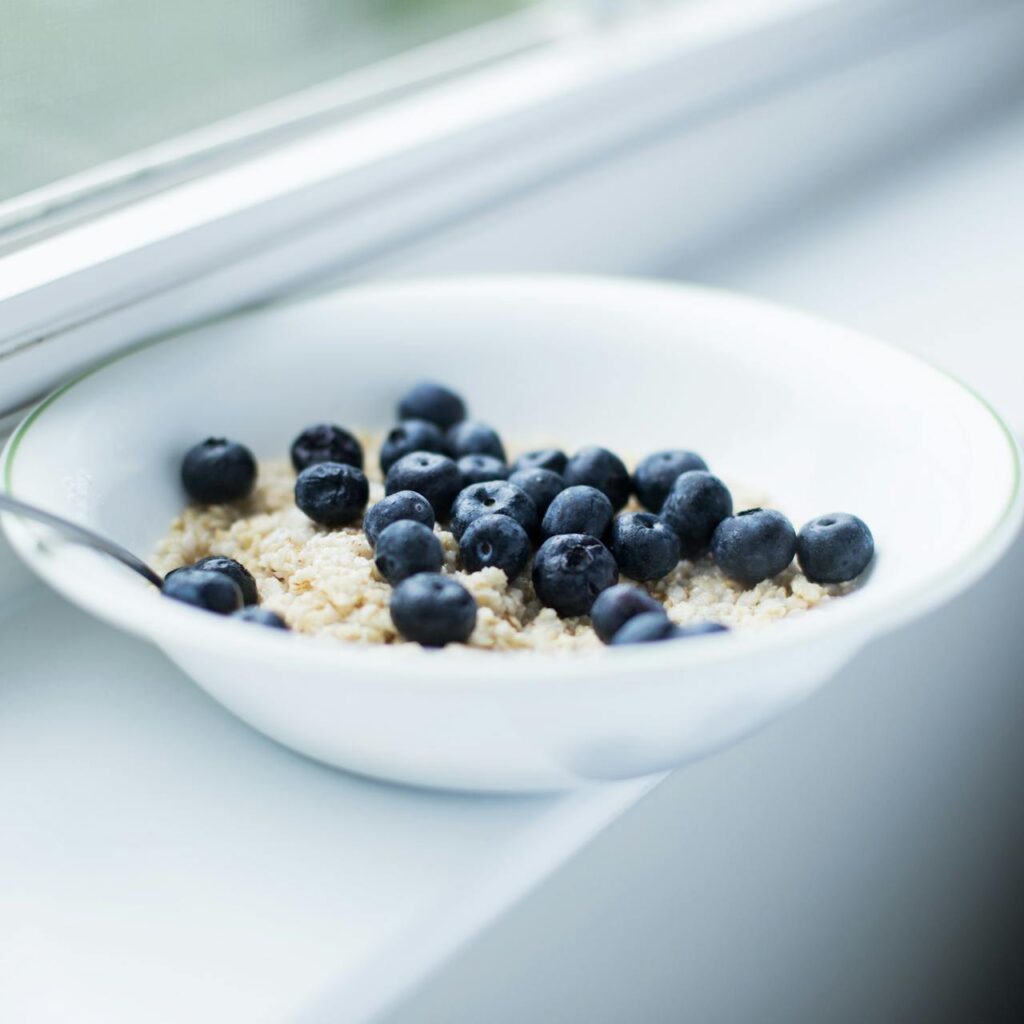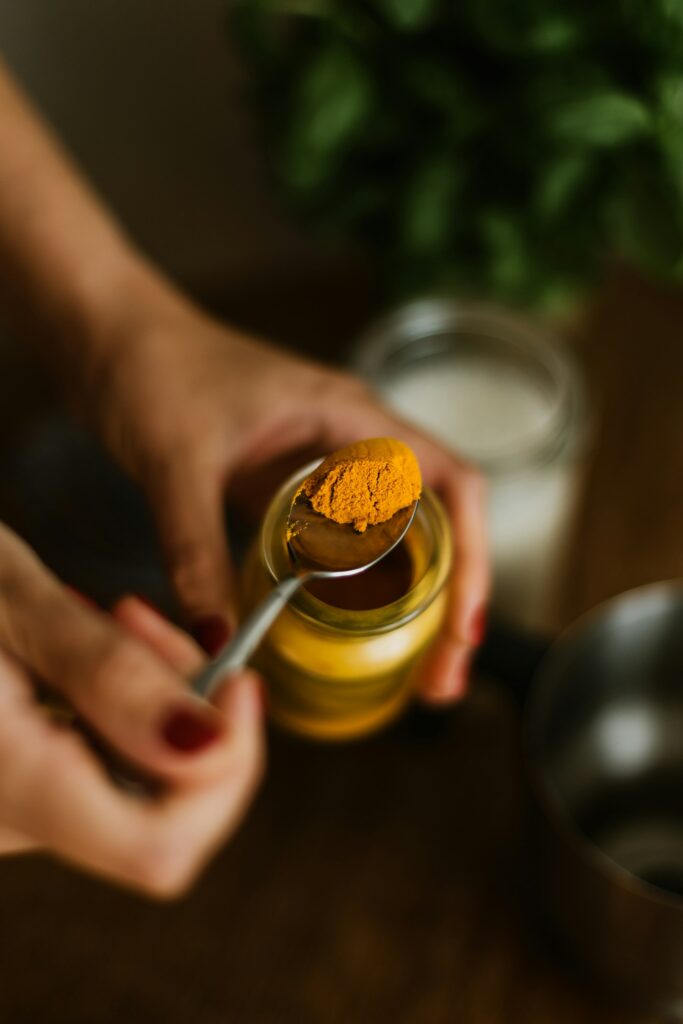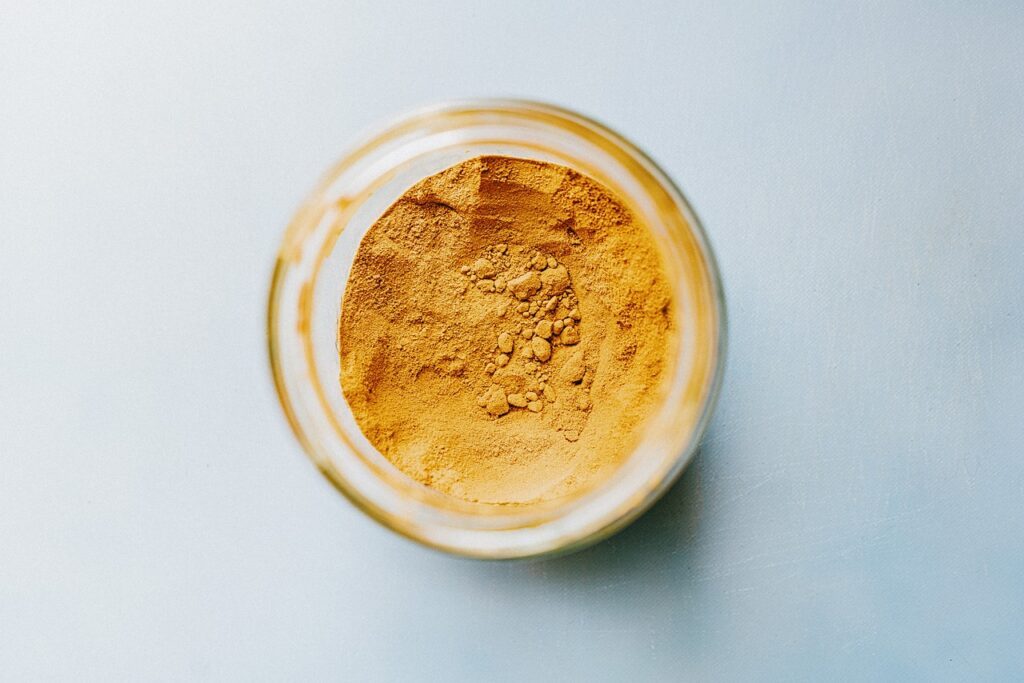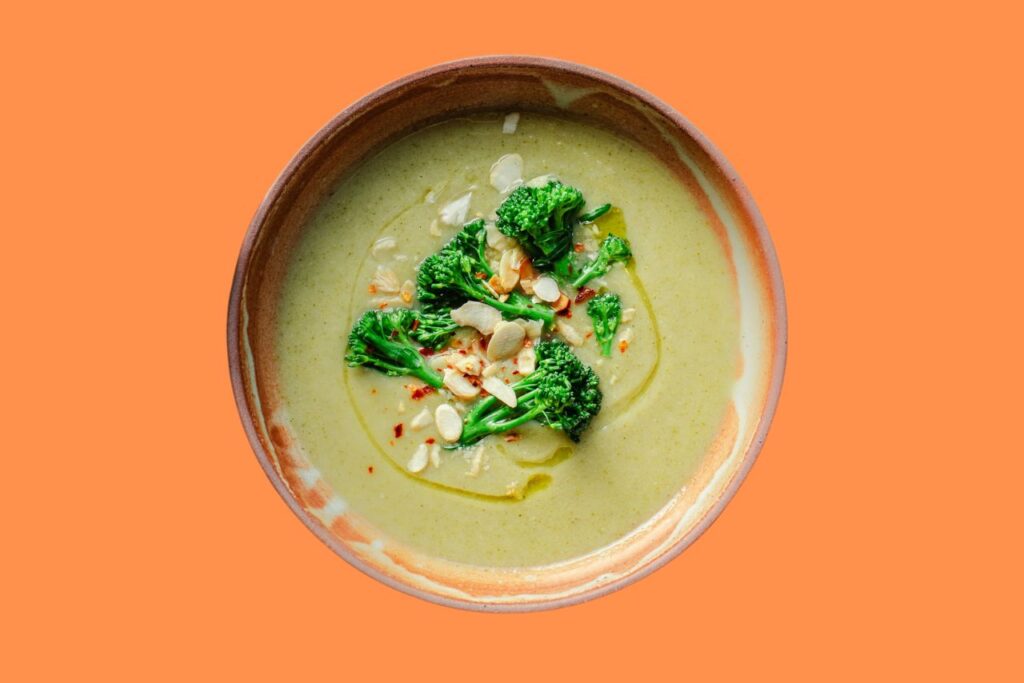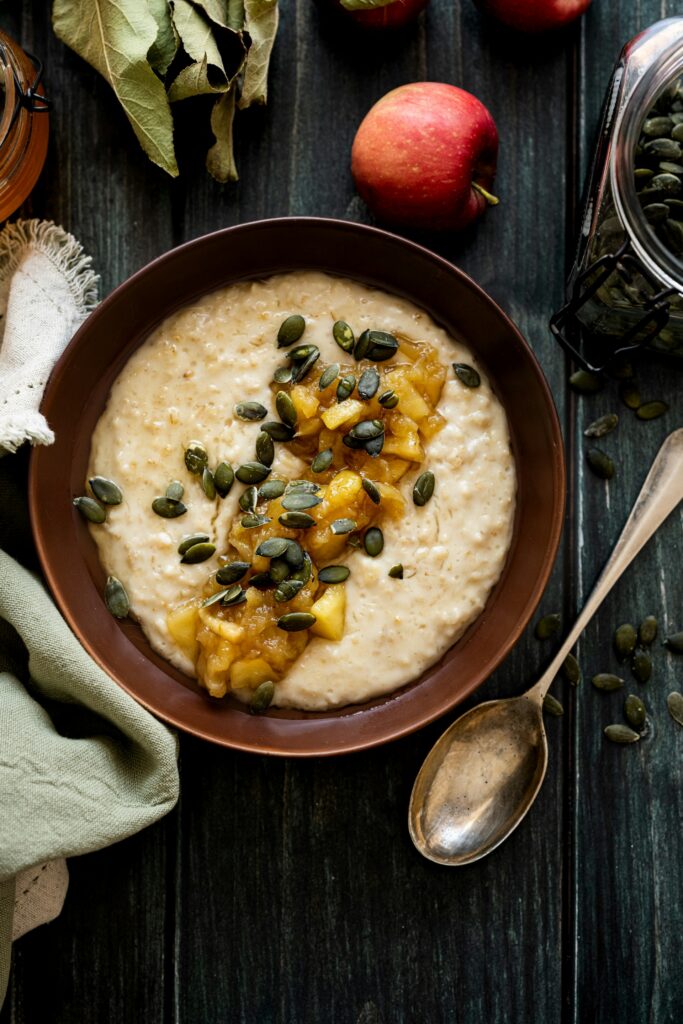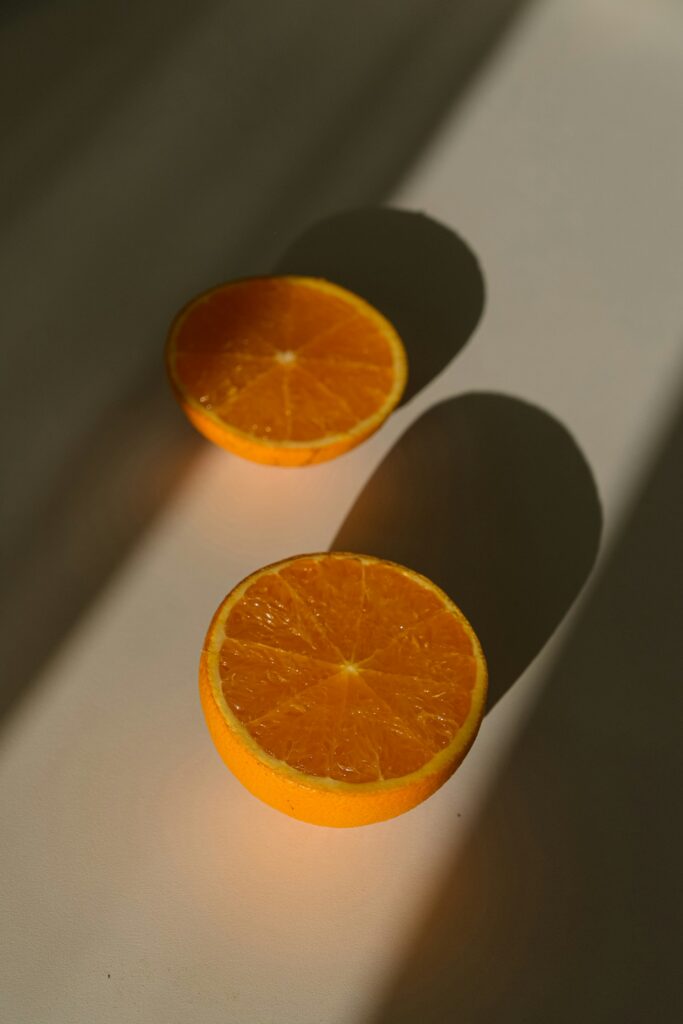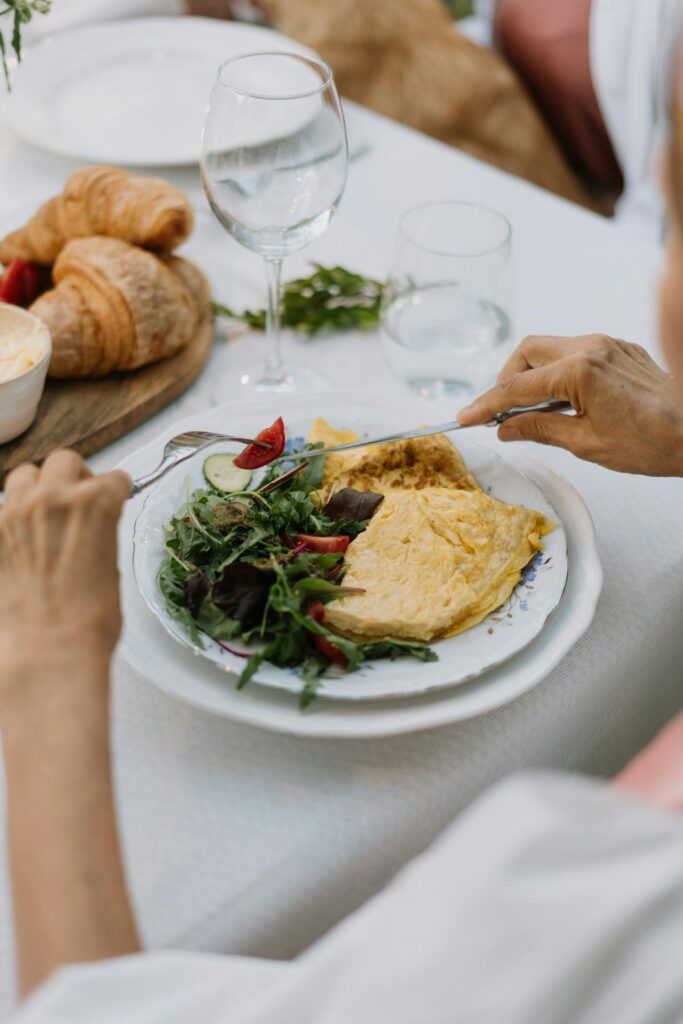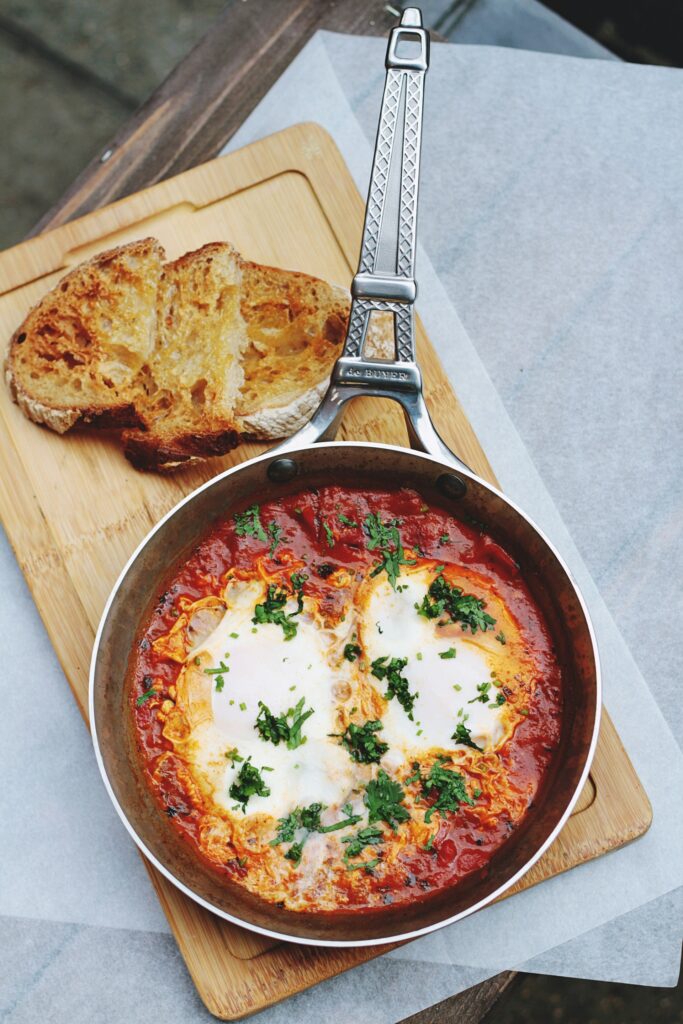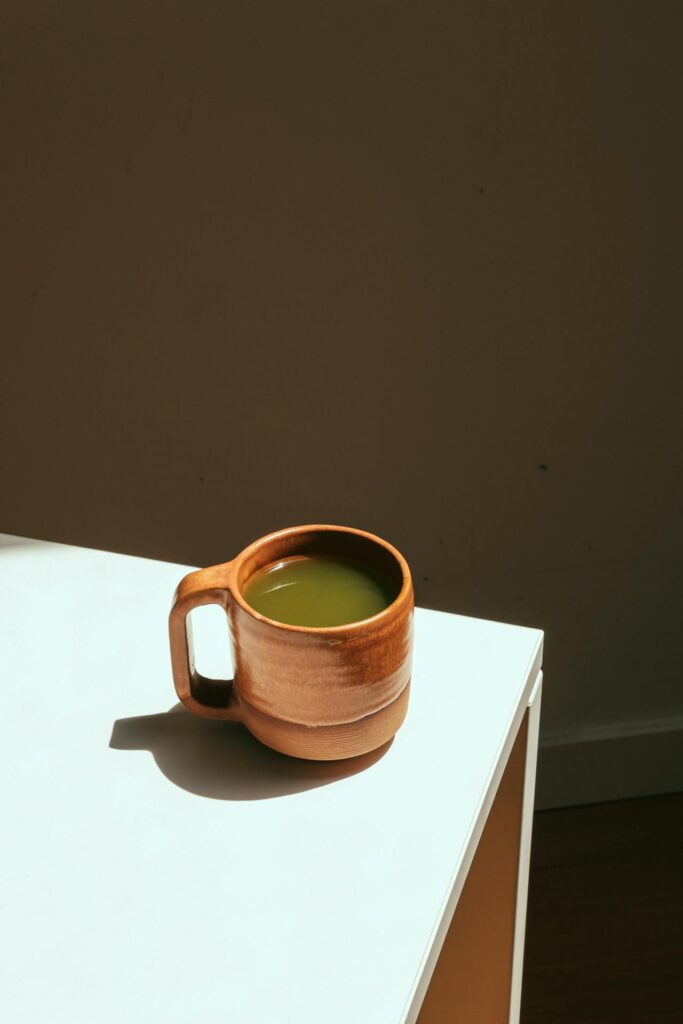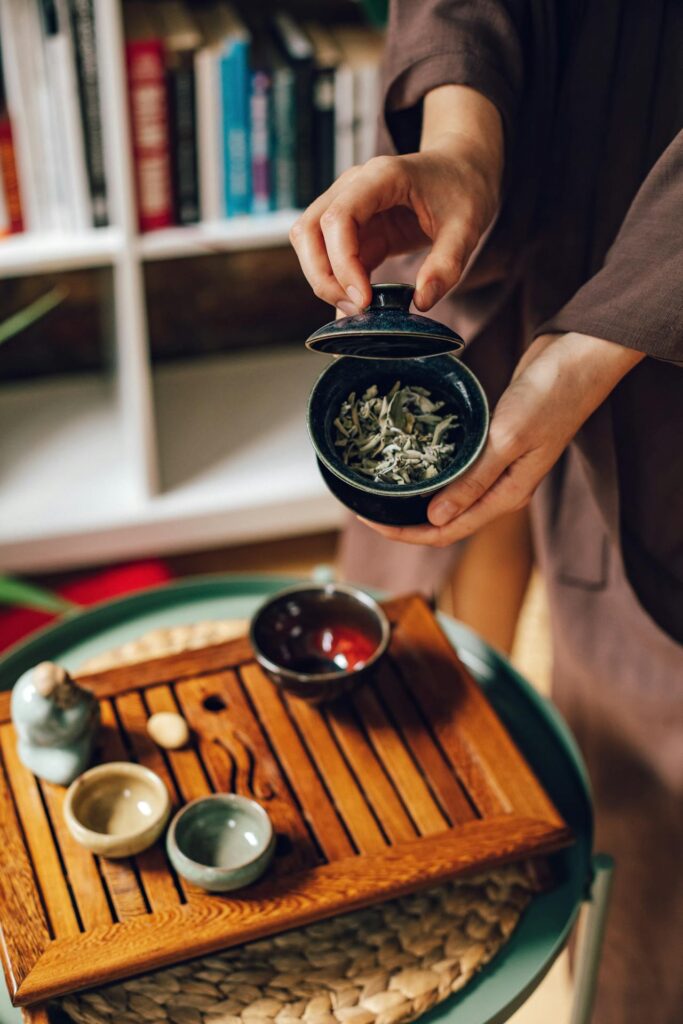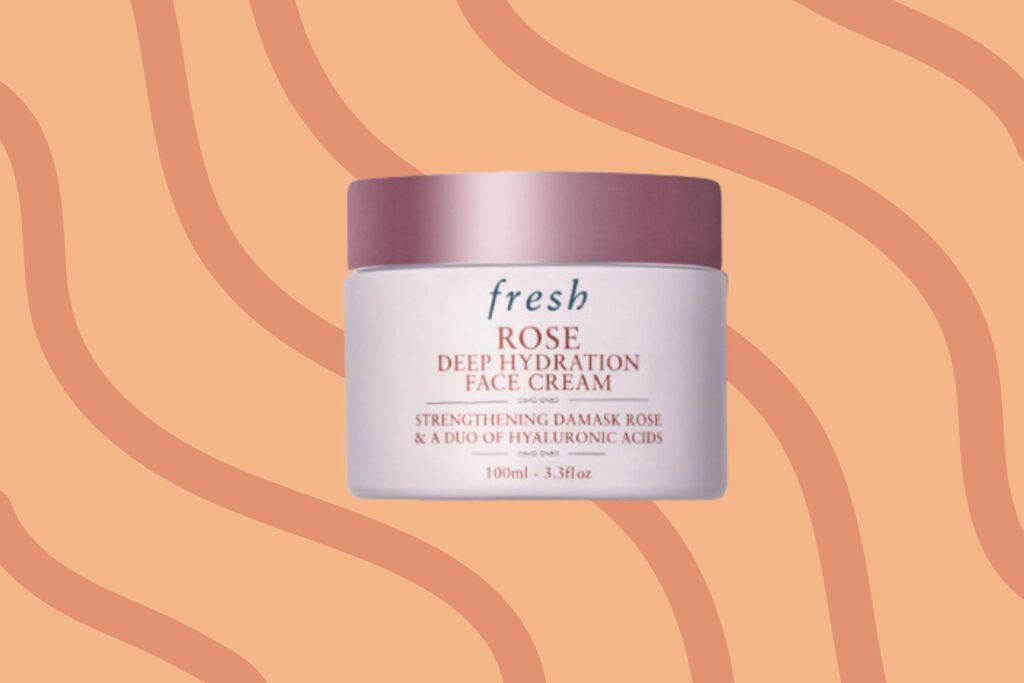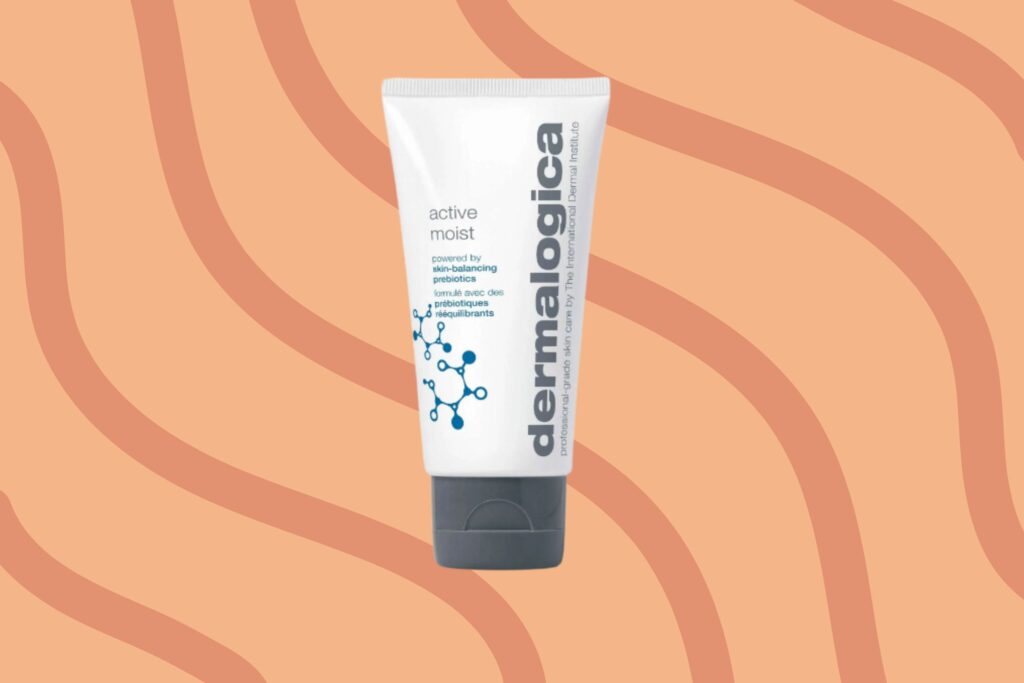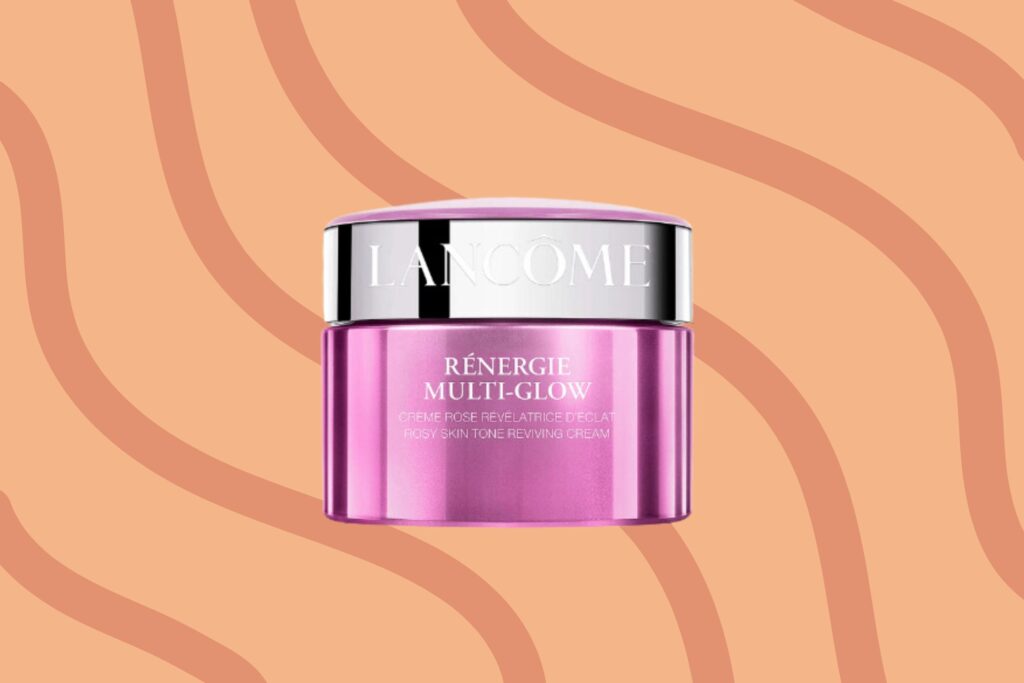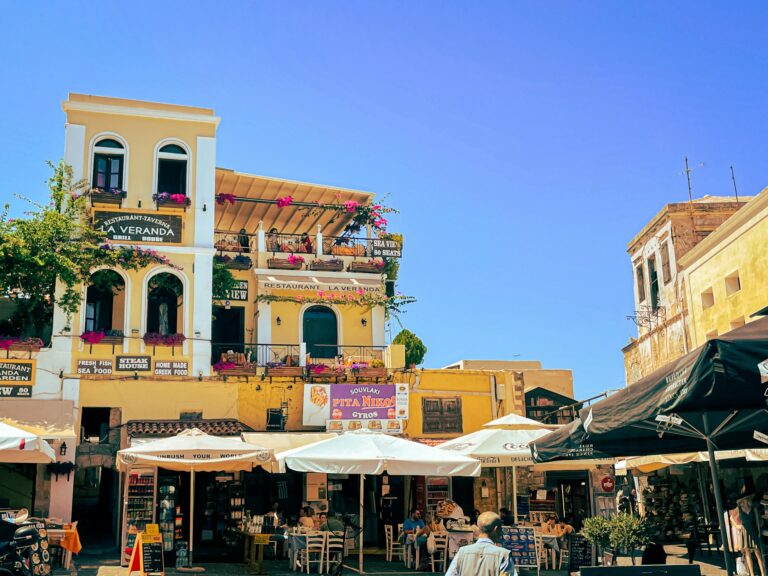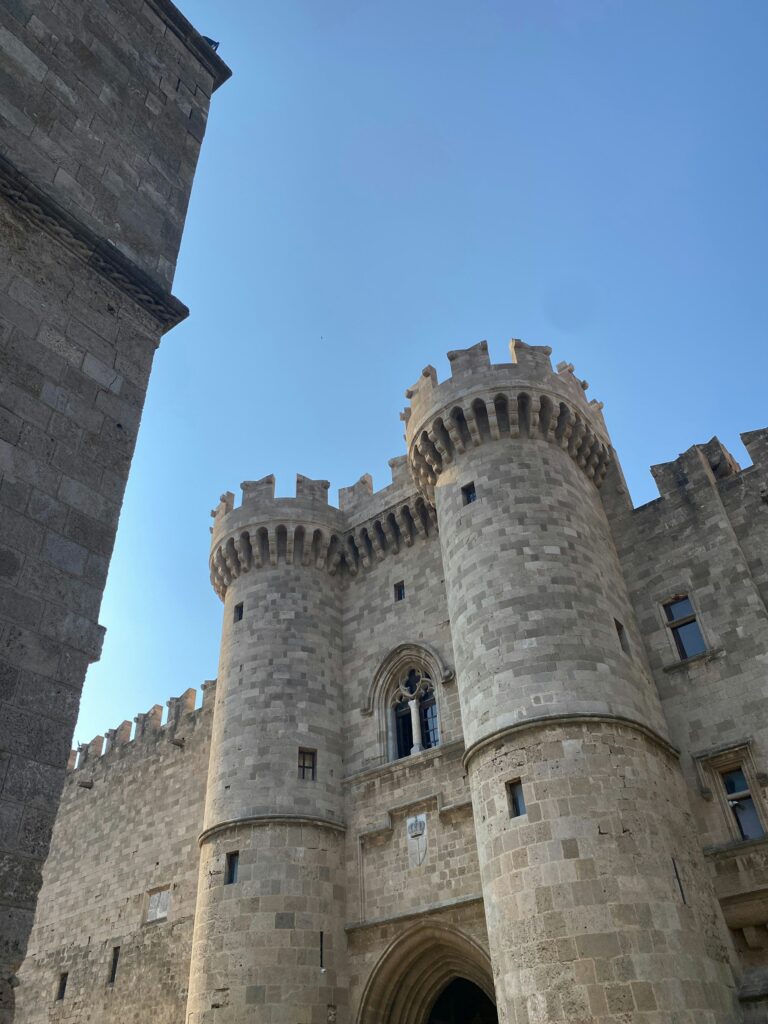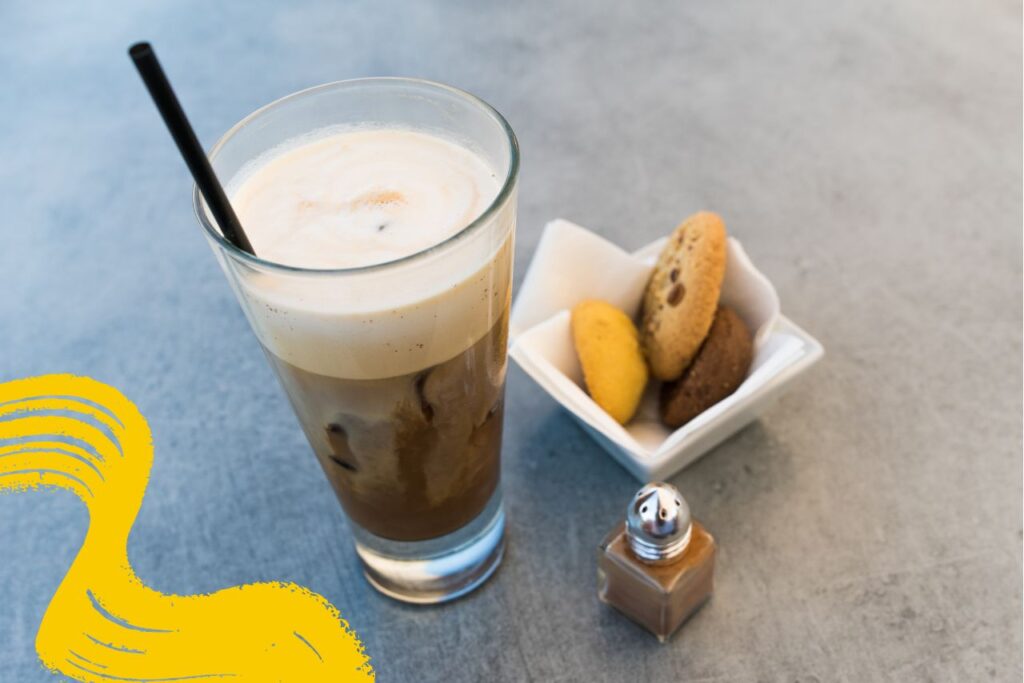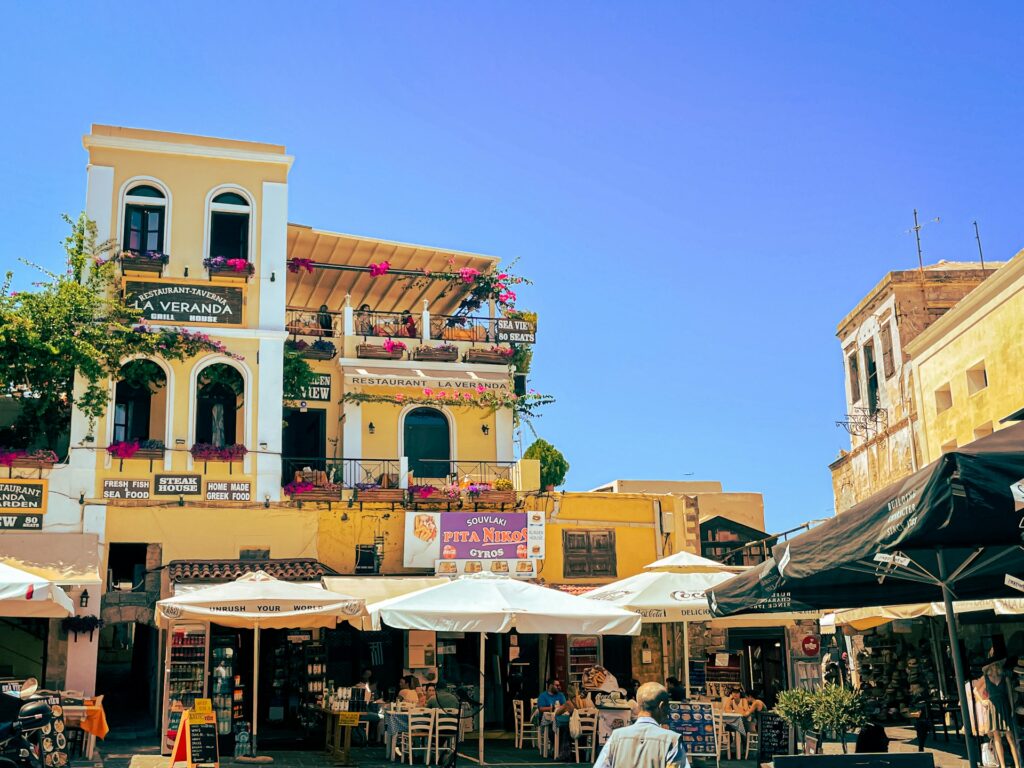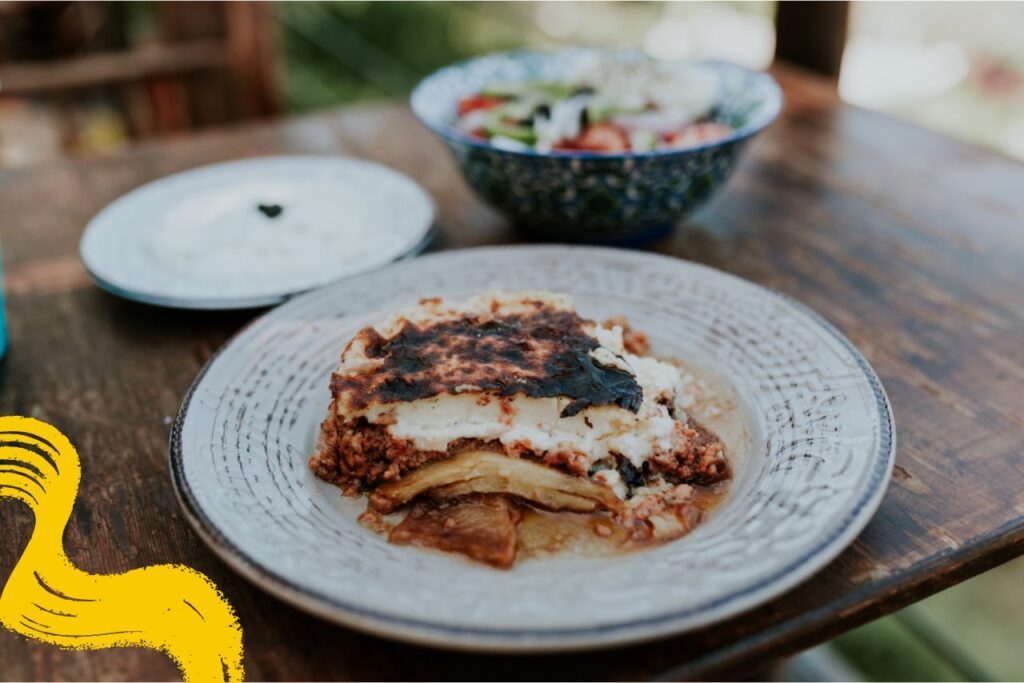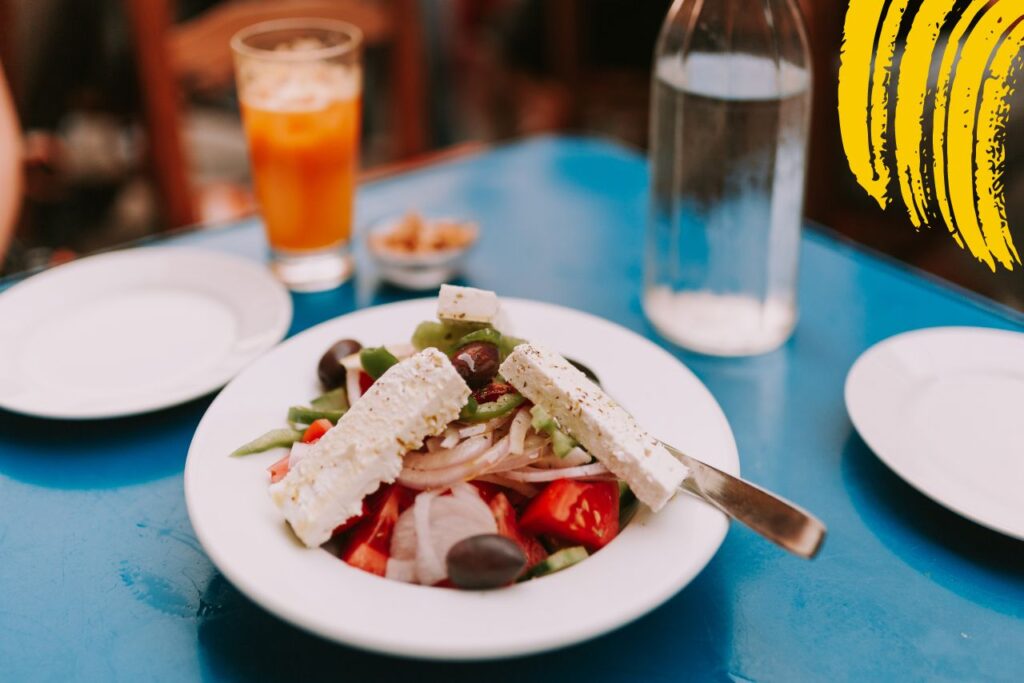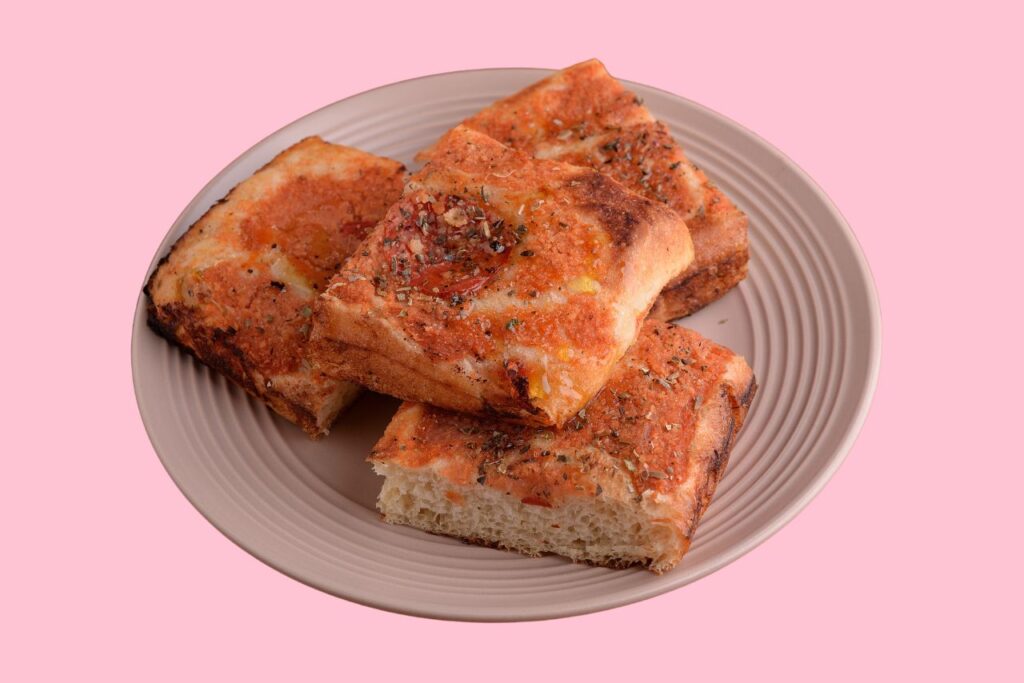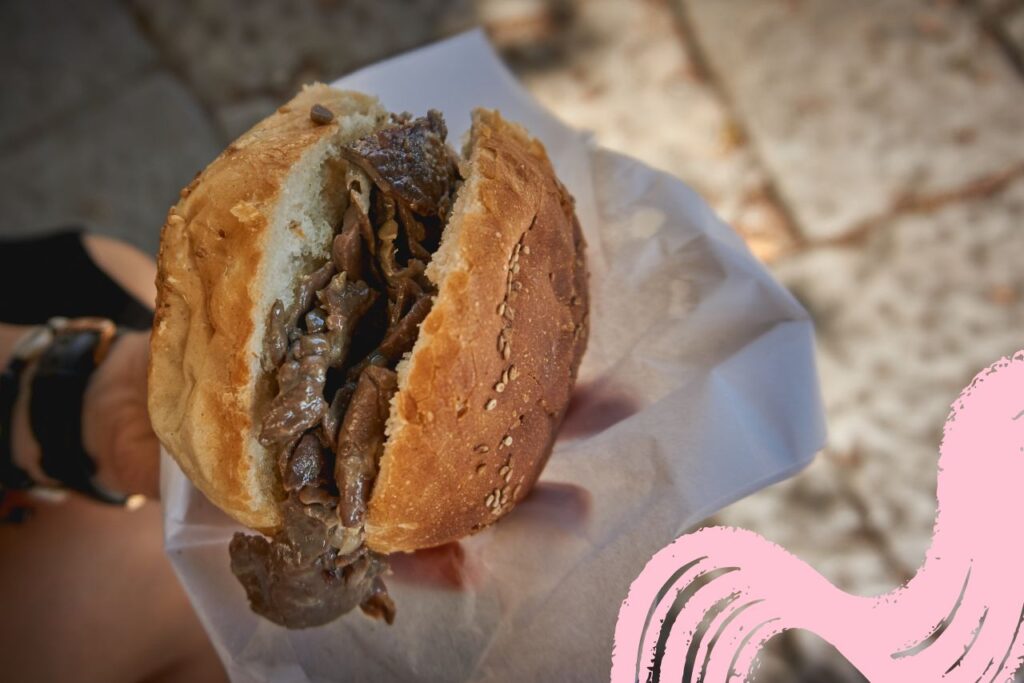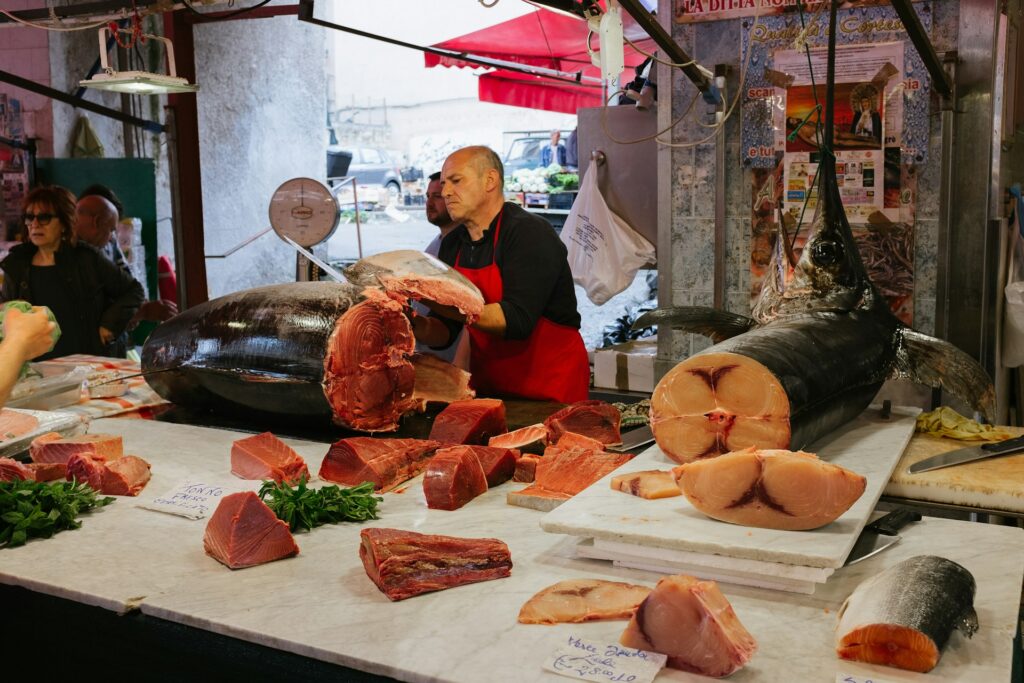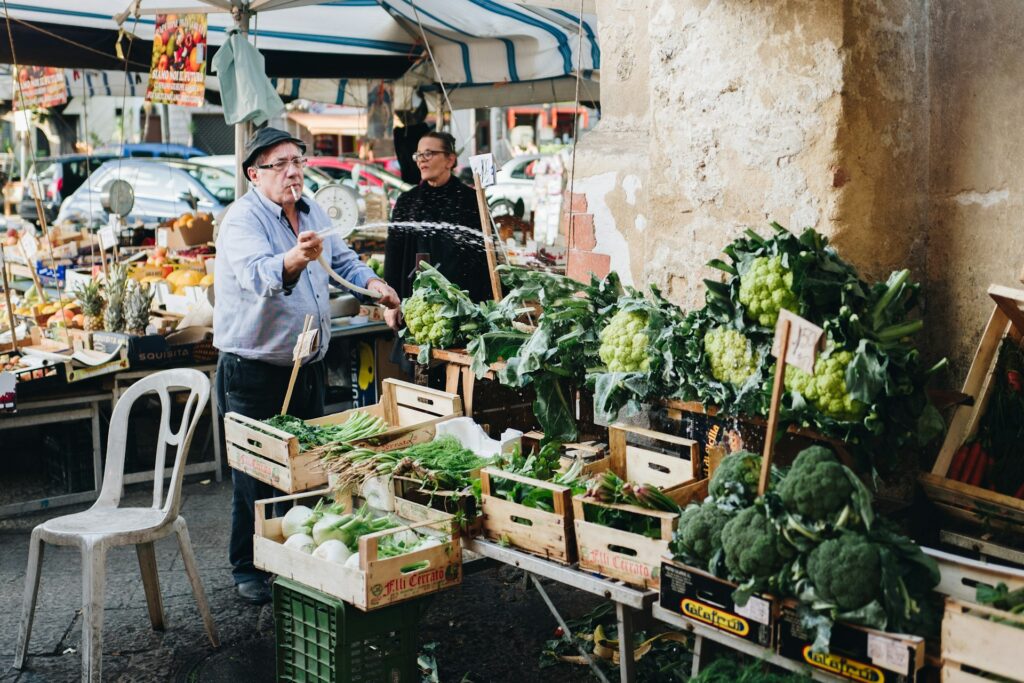Sure, there are those who preach that they ‘collect memories, not things’. There are others who extol the virtues of only carrying the clothes on their back when on the road. But as any truly seasoned traveller will attest, they are also the ones asking to borrow your phone charger. They are the ones suffering from athlete’s foot from barefoot walking, and staying put in the same hostel, in the same town for far too long, rather than actually getting out there and exploring.
Don’t be that guy or gal. A few smart investments prior to your big trip can make things move seamlessly and succinctly once you’re on it, and offer a comfort which puts you in the best possible position to see as much of the world as your eyes can manage. With that in mind, here are 7 must-have accessories for the luxury-eco-conscious traveller.
A Designer Eco-Friendly Waterproof Jacket
Should you be doing your trip in the carefree, spontaneous style which seems to define the term ‘travel’, then let’s face it, there are times when you’re going to get caught short in a storm and get tropically, biblically wet. That shouldn’t worry you; it means you’re somewhere far-flung, unpredictable and on foot, seeing the sights and doing it right.
But there’s no bigger buzzkill to that footloose-and-fancy-free style than getting ruined by the inclement weather. A trendy, in fashion and on point jacket, which is waterproof and not just water repellant (not the same thing and not offering the equivalent level of protection) is a must, then. Better still is one specifically designed with a long cape-like back, for travellers to place over their bags to keep possessions dry, too.
Look for one crafted from sustainable materials that doesn’t sacrifice style for functionality. A jacket with an extended rear hem can double as protection for your backpack, ensuring your belongings stay dry as you wander through the unpredictable weather of both farflung and domestic destinations.

A Solar-Powered Charger & Universal Eco-Adapter
Yep, we realise we said ‘stylish’. But there’s nothing more unfashionable than being late, lost and involuntarily off-the-grid. It’s an avoidable truth of modern travel, that if you’re to get anything done with ease, then you’re going to need to be online.
You’re going to need maps, to check in with family, to capture those all-important ‘take me back’ moments on Instagram and so much more. The portable power bank and universal adapter combo, then, is pretty much essential. The former is much more convenient than traipsing around a city looking for a cafe with a socket to charge your phone. And we speak from experience. And the latter has every unfamiliar plug set up covered, so you can focus on getting out of your comfort zone in far more interesting ways.
Keep things sustainable with a solar-powered charger, which ensures that you remain connected and ready to document your journey without relying on disposable energy sources. Pair it with a universal travel adapter made from recycled materials to cover all your charging needs while minimising your carbon footprint. This dynamic duo is essential for the modern, eco-minded traveller.
An Ethically Sourced Leather Passport Holder
Any experienced traveller will tell you; stress is significantly reduced by having all your important stuff (cards, cash, passport) in one place. But ‘all the eggs, one basket’, do we hear you cry? I’m afraid we’re going to have to disagree here. Because effective, carefree travel must strike a fine balance between organisation and chaos, and this is a simple step towards the former, setting you free to focus your attentions on the latter. Lovely!
Opt for a design that features multiple card slots, a dedicated passport compartment, and even a space for coins, all while making a subtle statement about your commitment to luxury and sustainability.
Nothing screams luxury like leather travel accessories but let’s be honest, nothing screams unethical like leather, either. That’s where the ethically sourced stuff comes in. Opting for ethically sourced leather ensures that while you’re indulging in the tactile pleasure and durability of leather, you’re also supporting responsible manufacturing practices that prioritize animal welfare and environmental sustainability.
It’s a conscious choice that reflects a traveler’s respect for the planet and its inhabitants, aligning with a modern ethos of travel that’s as much about global stewardship as it is about personal exploration. This way, your passport holder isn’t just a stylish accessory, but a testament to your values and a positive footprint in the places you visit.
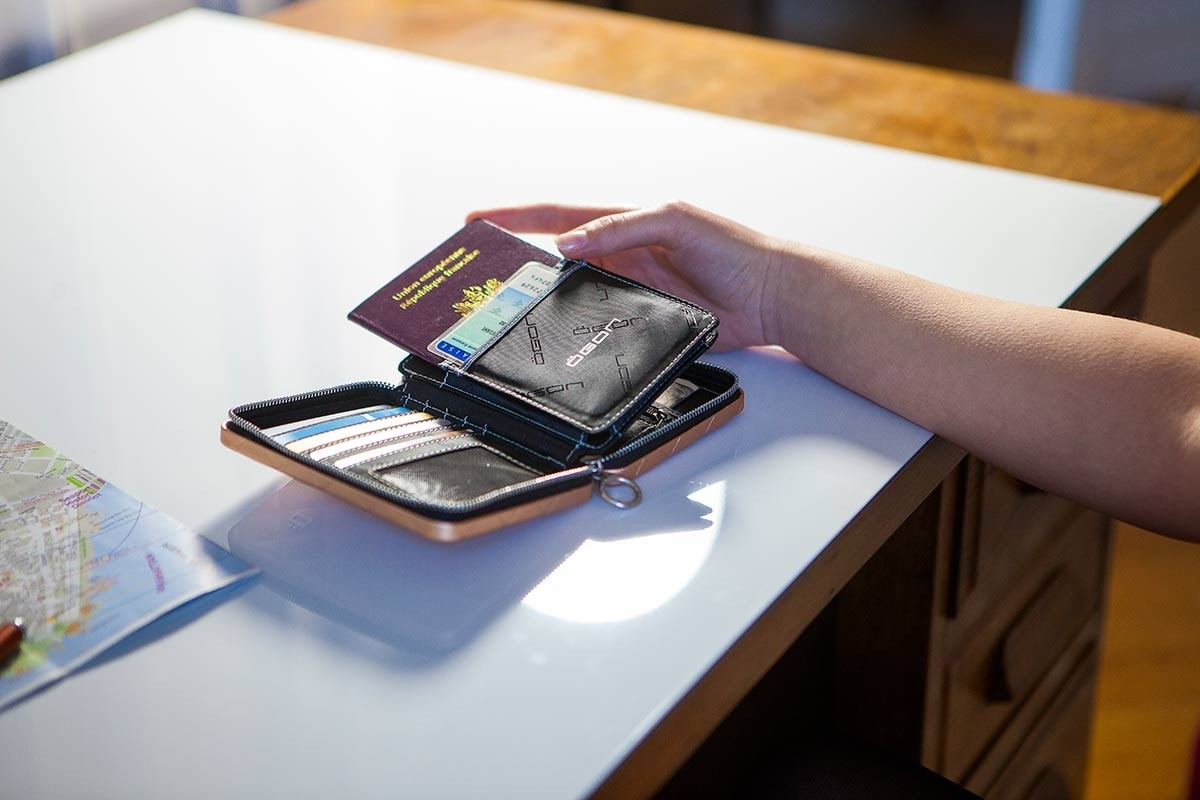
A Biodegradable Phone Case
In an era where smartphones are as essential as passports, protecting your device is non-negotiable. However, traditional phone cases can be a source of plastic waste. Enter the biodegradable phone case – a perfect accessory for the luxury, eco-conscious traveller.
These cases are typically made from plant-based materials like wheat straw or bamboo fibre, which offer the same protection as conventional plastic but with the added benefit of being compostable at the end of their life cycle. Not only do they safeguard your phone from the rigours of travel, but they also make a statement about your commitment to sustainability.
Eco-Friendly Sunglasses
Sunglasses are a travel staple, shielding your eyes from the glare of exotic locales while adding a touch of glamour to your look. For the environmentally aware jet-setter, sunglasses crafted from sustainable materials such as recycled ocean plastic, bamboo, or FSC-certified wood are the perfect blend of fashion and eco-responsibility.
These materials not only reduce the environmental impact but also offer durability and a unique style that stands out. Many eco-friendly sunglasses come with high-quality, polarised lenses offering superior UV protection, ensuring that your travel experience is both luxurious and mindful of the planet’s well-being.
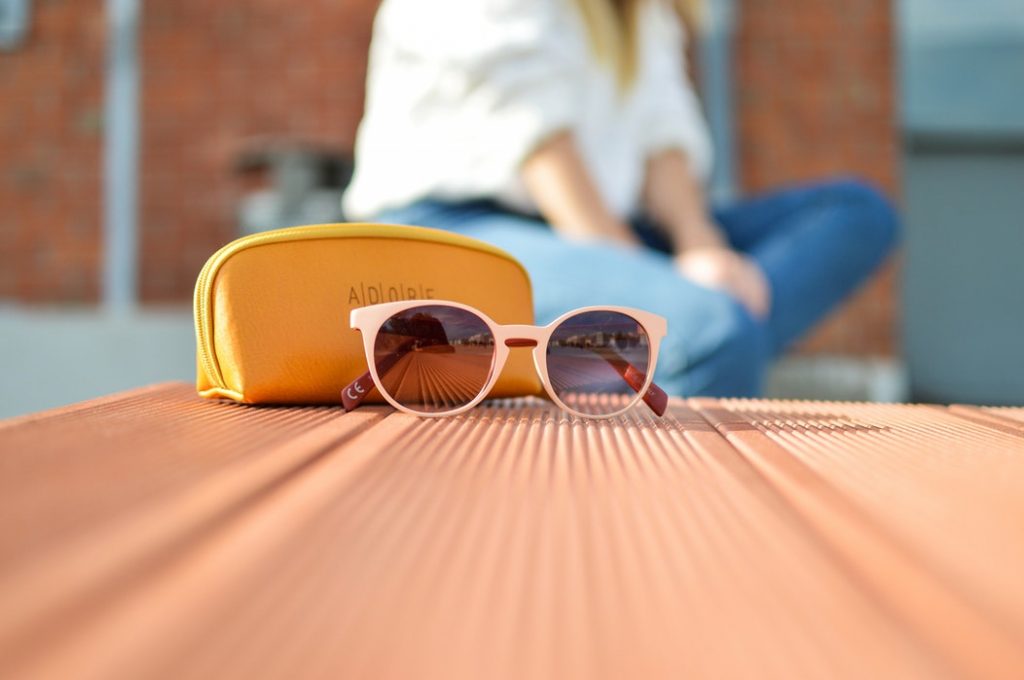
A Grown-Up, Low-Impact Backpack
The stereotypical backpacker doesn’t exactly scream style; Singha beer vests and a hacky-sack attached to the right foot? We’re not sure it’s a mood set to feature in Fashion Week anytime soon. And one of the least groovy aspects of the ‘gap yah’ look? In our view, the huge bag, adorned with stitched on labels and well-worn trainers hanging off the sides.
While it must do the job, choose a backpack like you would any other accessory and make sure that it works with your wardrobe. Minimal branding and detailing will guarantee longevity and neutral shades are always a sound choice.
However, if you normally wear monochrome outfits, consider a bag that will give your look a pop of colour. Most importantly, aim to strike the right balance between size and comfort; too massive and the whole trip becomes a struggle, but too small and the bag loses its purpose and point.
The ideal backpack would be crafted from organic cotton or hemp, both known for their durability and minimal environmental footprint, or from recycled polyester, which repurposes plastic waste into a chic, water-resistant fabric. Alternatively, cork offers a unique, lightweight option that’s also renewable, while waxed canvas provides a water-resistant finish with an aesthetically pleasing patina that develops over time.
And if you’re to truly get the most from your bag, check out these; our 5 IDEAL accessories for your backpack when travelling.
A Stainless Steel Water Bottle
Tell you what’s not cool; single use plastic. Keep using it and there won’t be a planet left to travel, make no mistake. Eliminating the use of plastic bottles, full stop, is an issue of utmost importance.
So, a reusable, refillable water bottle represents both a must have accessory to keep you hydrated in those hotter climes (or heavy hangovers) and a statement item that says you care deeply about the most important issues of the day. We love the sturdy, silver ones available at the most recent Glastonbury Festival; super cool and keeps the water extra cool, too.
Indeed, sustainability is the ultimate statement of luxury, so opt for a sleek, stainless steel water bottle that not only keeps your drinks at the desired temperature but also serves as a testament to your commitment to the environment. Select a bottle with a design that stands out at the most exclusive events and destinations, ensuring you stay hydrated in style.




